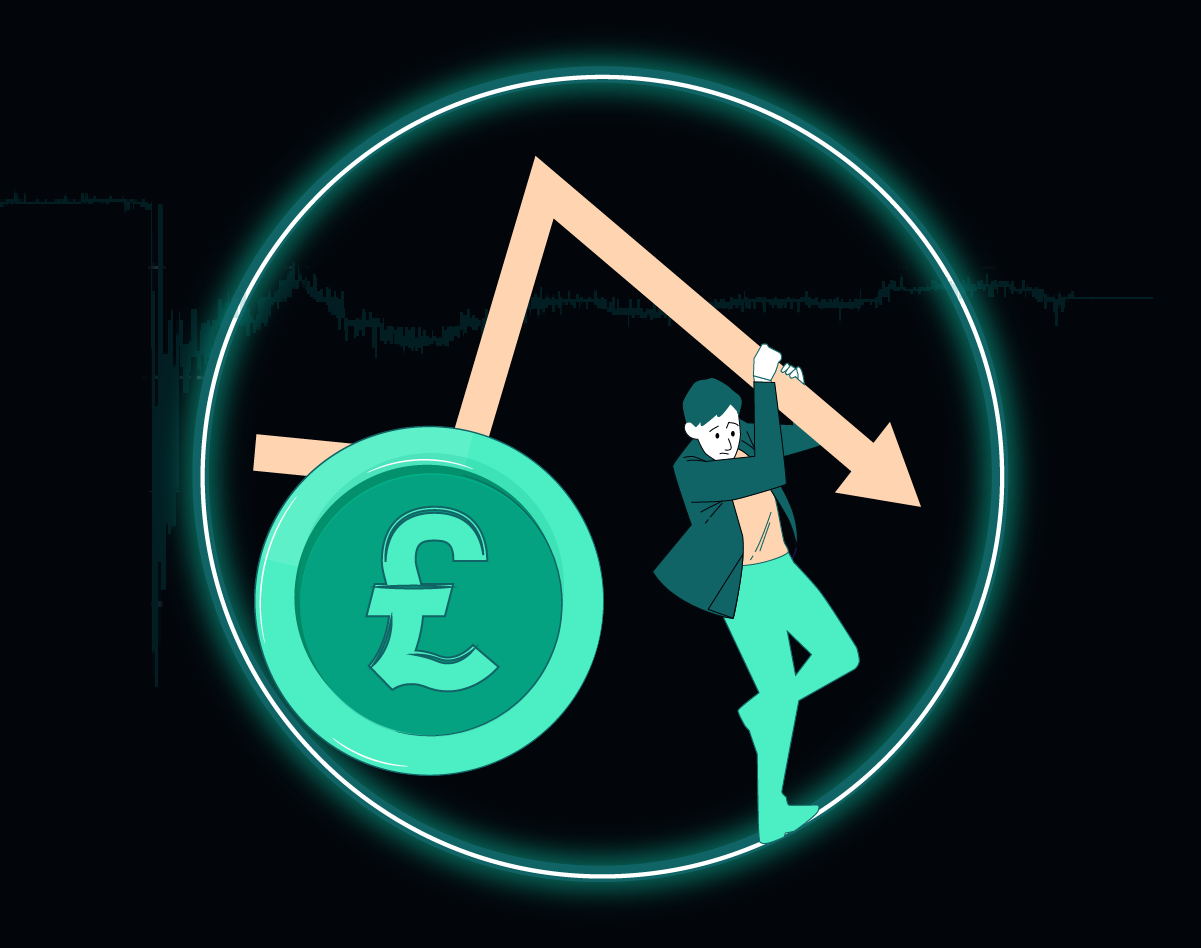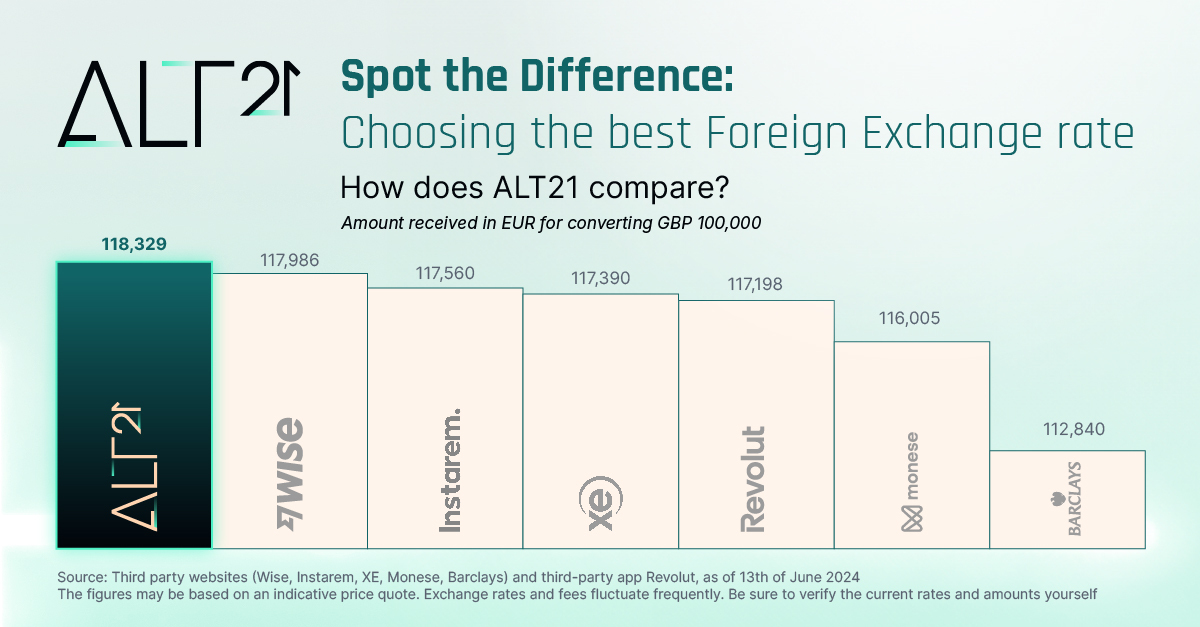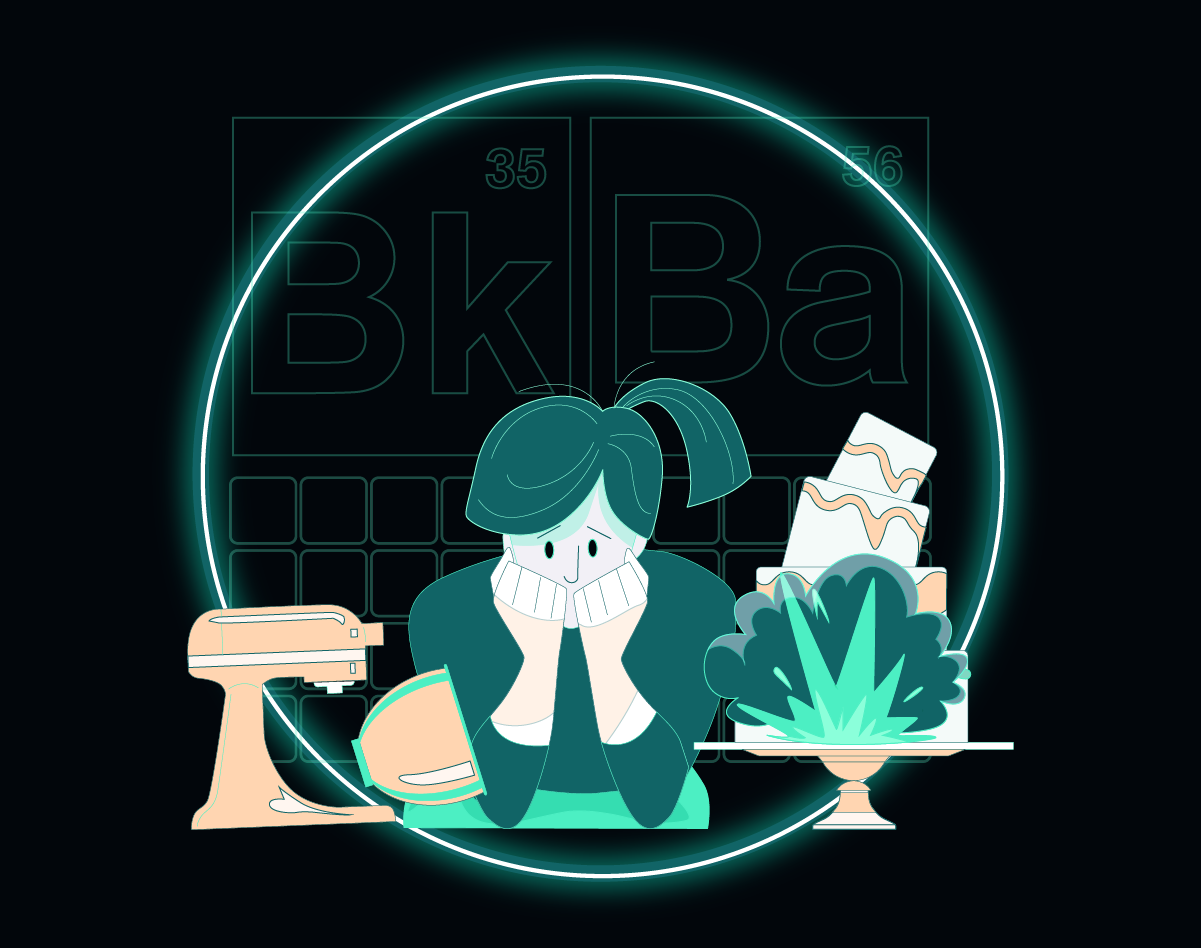1977. 1985. 1992. 2008. 2016. 2022.
Despite being one of the world’s major currencies — and, at one time, the most powerful currency in the world — the Pound is no stranger to sudden drops in value.
But while it’s not the first time it happened (nor will it be the last), the Pound’s latest crash on 26 September 2022 is the worst one in recorded history.
Since that fateful day, the UK government has u-turned on the measures that were the primary cause of the collapse, and the Pound has rallied somewhat. At the time of writing, £1 is worth $1.13, up a whopping 10 cents.
That said, the situation is fluid. And the Pound’s continued slump is going to make life incredibly difficult for many UK businesses.
In this post, we’ll take a deep dive into the circumstances surrounding the September 2022 crash, its consequences, and what you can do to protect your business if you have foreign currency exposure.
Grab your parachute and let’s crack on.
Putting the September 2022 crash in perspective
So how bad was the Pound’s latest collapse?
To put it in quintessentially British terms, ‘It wasn’t very good.’
Prior to 26 September 2022, the biggest drop in the Pound’s recorded history happened thirty-seven years ago, in February 1985, when £1 was worth $1.052.
On 26 September, £1 was worth $1.035. And analysts were predicting it would hit parity — that is, £1 would be worth $1 — by the end of November and drop below the US Dollar by the end of the year.
The Pound’s collapse was a direct result of the new chancellor’s so-called ‘mini-budget’, the government’s attempt to improve the UK’s worsening economic situation.
The main way the chancellor proposed to stimulate the economy was by making sweeping tax cuts. The idea was that leaving more money in people’s pockets would encourage them to spend.
Unfortunately, the plan backfired spectacularly. Instead of reassuring investors, it spooked them, and the Pound tanked.
An economic horror story
The mini-budget didn’t go down well with investors for two main reasons.
First, its intent was completely at odds with the Bank of England’s current fiscal policy.
As things stand, the UK’s rate of inflation — the rate at which the Pound’s purchasing power is declining — is at all-time highs. So, over the past few months, the Bank of England has hiked up interest rates.
When interest rates go up, borrowing becomes more expensive while saving becomes more worthwhile. This encourages people to spend less, which (at least, in theory) should help slow down inflation.
By incentivising people to spend more, the government was basically pouring petrol over the fire the Bank of England was trying to put out.
This risked causing inflation to spiral even further. And high inflation, by definition, harms a currency’s value, because it means you can buy less with the same amount of money than you could before.
The second reason why the UK government’s plan backfired is that the tax cuts were largely unfunded. Put more simply, the government didn’t spell out how it would compensate for the lower tax revenue it would receive as a result of the cuts.
Absent an adequate explanation, the markets worried the UK government intended to make up the shortfall by borrowing huge amounts of money. And, worse, to do so at a time when:
- The economy is already in trouble
- The Government and Bank of England’s opposing views risk making matters worse
To cut a long story short, investors feared the UK would get into so much debt it would struggle to meet its obligations. This triggered mass sell-offs of UK currency and government bonds.
Taking stock: what does a weak Pound mean for business?
If you’re a business, the Pound’s drop in value is partly good but mostly bad.
If you’re a net exporter — in other words, the value of the goods or services you sell abroad is higher than that of the goods or services you buy from abroad — a weak Pound is beneficial.
Suddenly, buying from UK businesses is much cheaper, particularly for Americans. And this means there’s an opportunity for you to expand your business overseas.
The flipside is that, if you import raw materials or use suppliers from the US or other countries that trade in Dollars — and the Dollar is the most widely used currency in international trade — you’ll need more Pounds to make up the same amount in Dollars. The weaker Pound means your costs have shot up.
According to the Office of National Statistics, the UK imports more than it exports. So, for most businesses — and especially for small businesses, who are the biggest importers — it’s not looking good.
But even if you’re a net exporter, you’re not free and clear.
For one, because oil is priced in US Dollars, the Pound’s decline means the price of energy — which is already eye-watering (and the main reason inflation is so high) — will be even higher.
This means the cost of running your office or manufacturing plant will go up.
More to the point, energy costs — and the costs of other imports — are shooting up for everyone.
Other UK businesses will likely jack up their prices to make up for rising costs, which will make any goods or services you buy from them more expensive.
Customers will also feel the squeeze. And that means they’ll have less money to spend on your products and services at a time when at least some — if not all — of your costs are going up.
It might not look like it, but you do have control
If you’re a small business and you’ve read this far, you might have started feeling the initial pangs of existential despair (sorry).
But here’s the thing.
The economy is cyclical. It goes through periods of exponential growth. Then it slows down or contracts, and then it picks back up again. So, while the outlook might be bleak right now, it won’t be bleak forever.
More importantly, while you can’t control the UK government’s or the Bank of England’s policy (wouldn’t that be great?), the price of oil, or any of the other factors that could make the Pound plummet in value, you can still take steps to protect yourself.
And that’s where hedging comes in.
With instruments like options and forwards, you can lock in a favourable exchange rate when the markets aren’t moving your way.
You’ll be able to plan ahead and budget more accurately.
And, crucially, you can make sure your costs are fixed and your profits are protected, no matter how bad things get.
Benjamin Franklin famously said that an ounce of prevention is worth a pound of cure.
We’ll take that one step further and say that an ounce of hedging is worth a pound of economic pain.
At some point, any currency — no matter how strong or resilient it is — is bound to go down in value. With a hedging strategy in place, you’ll be better able to weather the storm.
At Assure Hedge, we’re on a mission to make hedging simple, accessible, and cost-effective for everyone.
Find out how one of our partners can help – powered by our technology platform.



